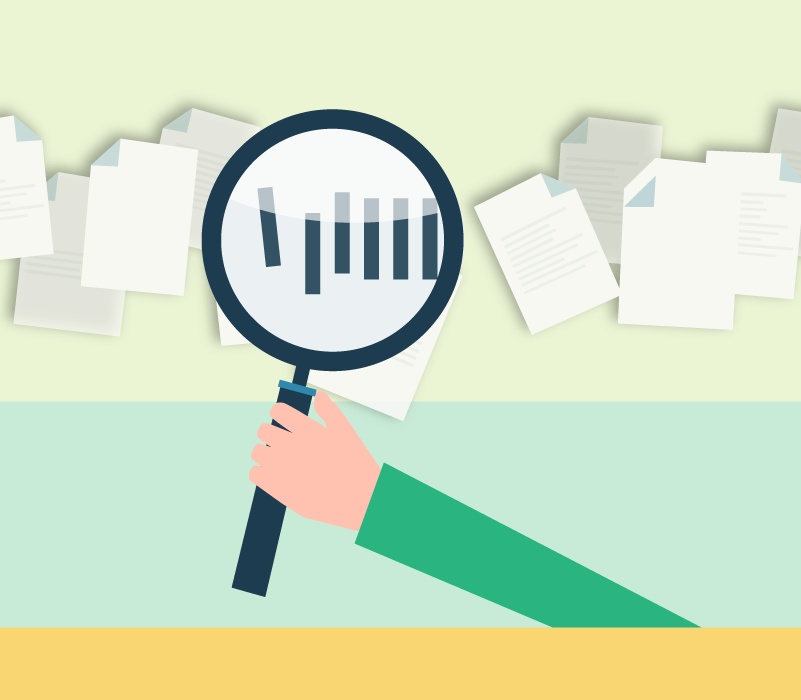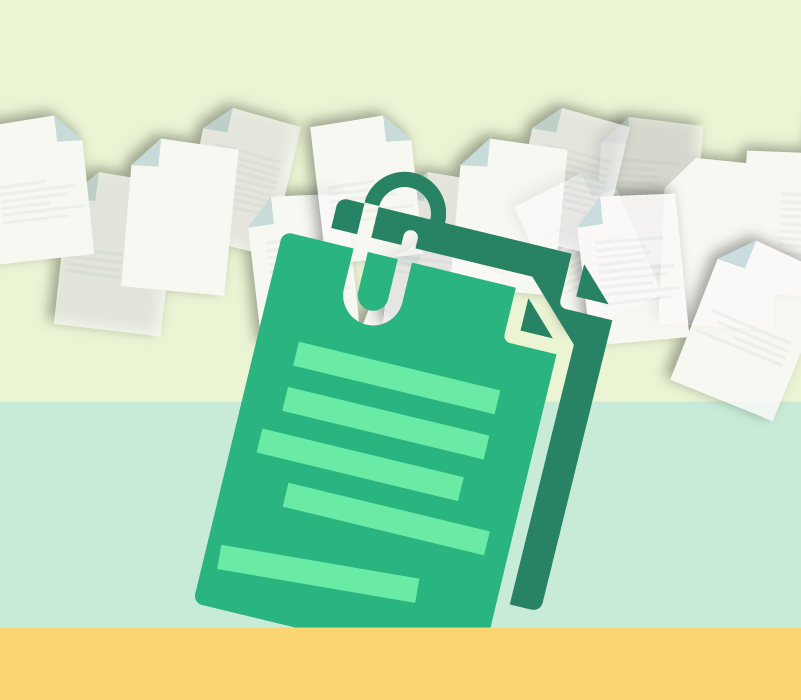-
Criterion 4 – Connect services
-
Using the policy toolkit
The policy toolkit describes a process for developing whole-of-government digital policies, but it can also help you develop a range of other instruments to achieve policy intent.
While policy work can lead to a wide range of solutions and instruments, it’s important not to start with any one solution in mind.
Off -
Templates and resources
The policy toolkit templates and resources are specific to building policy, but the design practices can be applied or adapted to suit almost any problem that you need to solve.
Off -
-
Connect with the digital community
Share, build or learn digital experience and skills with training and events, and collaborate with peers across government.





